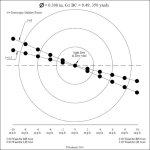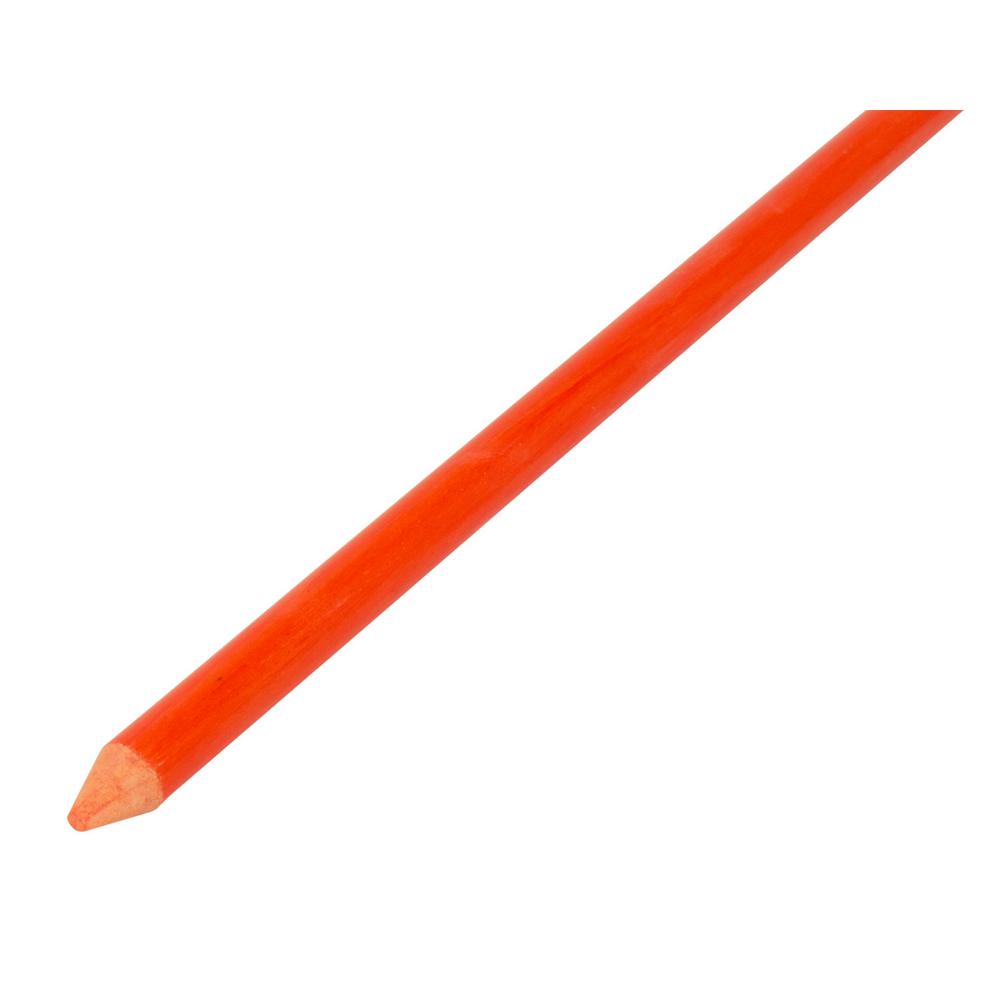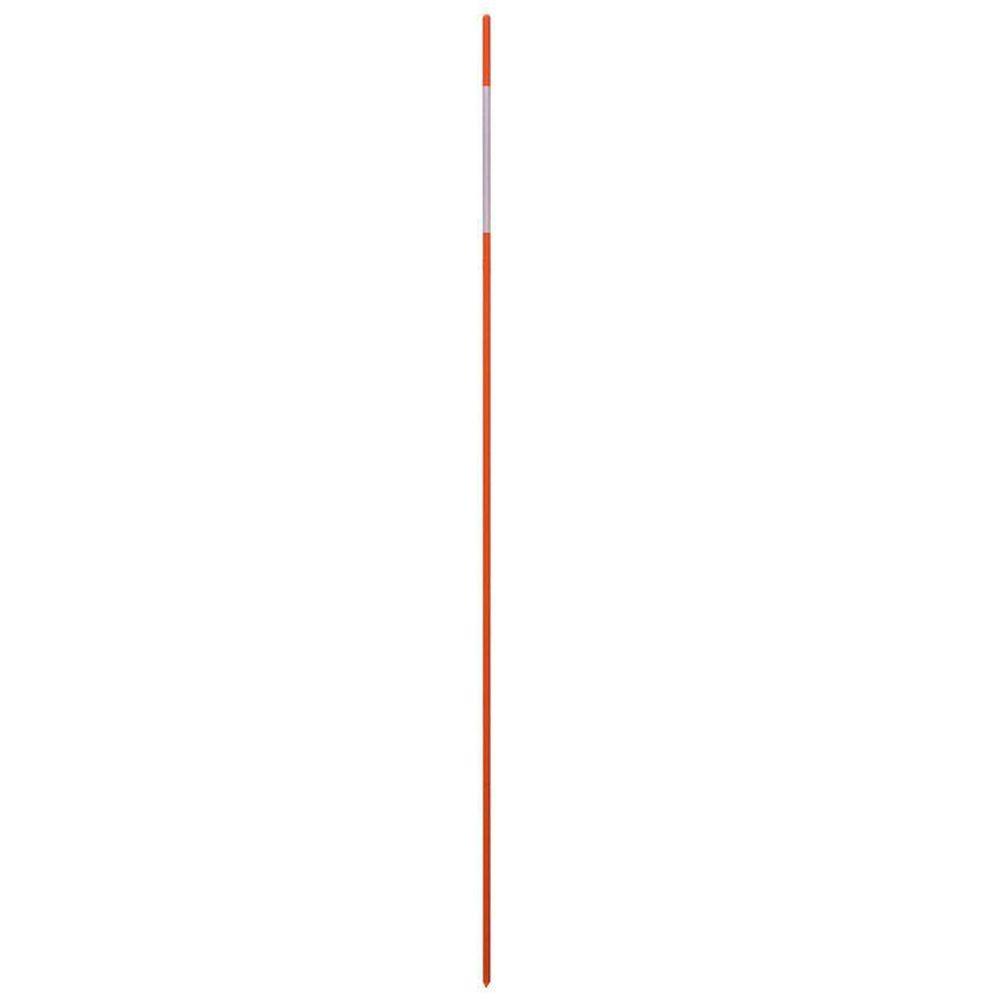It will make no difference if the wind is very steady. If it is gusting and running up and down or shifting direction, it causes differing amounts of bullet jump which takes some effort to correct for. Bullet jump due to side wind creates a drift up or down, depending which direction the wind comes from. This is the result of precession correcting the yaw of repose to turn the bullet into the wind, which it does by a net up and over motion for wind in the direction the bottom of the bullet turns toward, and dipping under and over to correct into wind moving opposite the direction that the bottom of the bullet is turning toward. The net result for a rifle with a right-hand twist barrel is a wind from the right moves the point of impact left and up, while a wind from the left moves the bullet right and down, with the amount of vertical proportional to the left or right wind vector velocity component. This means a wind varying in direction and velocity strings the bullets on a diagonal line, as below.

The steepness of the angle of that diagonal increases roughly as the logarithm of the gyroscopic stability factor of the bullet, so if you know the average stability factor, you can theoretically draw a vertical line anywhere in the target and then connect every hole center to that line with a diagonal line at the angle corresponding to the stability factor you have, then use the locations of the line crossings as "bullet holes" for the purpose of evaluating your ladder. I have only once gone to the trouble to do that using a load I already knew the ladder points for, and it seemed to work. I did not draw a vertical line, though; I just used one vertical edge of the target paper. I still got a vertical line cluster at the load sweet spot.
Conversely, once you have a reasonably good load, you can fire a group in a gusting wind and use the least squares fit line to establish the diagonal and deduce the stability factor if you want to. Or you can use that line just to determine the diagonal to use with the ladder shots and leave the specific stability factor out of it.
The easiest way to get the least squares fit line these days is to lay an X-Y grid over the target, locate the X and Y positions of each hole, put them into X and Y columns in Excel, select the columns and then the scatter plot graphing function to plot them and then select the data in the plot to Add Trendline, selecting the linear function with the Show Formula box checked. This will give you the least squares fit line and its formula. The angle will be arcsine of the slope, which is the part that multiplies X in the formula. If, say, the formula is 0.3X+n, then you know the line goes 0.3 inches up for each inch left (for a right-hand twist barrel) and -0.3 in down for each inch to the right. The arcsine of 0.3 is 17.5°, so that's the angle of your diagonal up from right to left, or -17° down from left to right. Either way, that's your angle for lining holes up with the vertical line.





